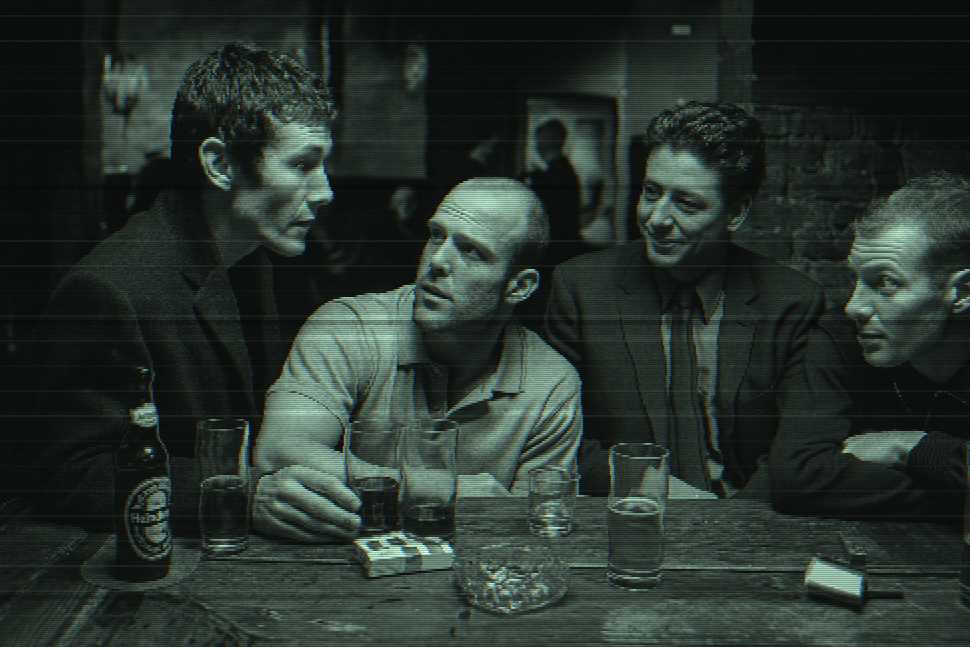
Lock, Stock and Two Smoking Barrels 1998
This transmission observes a chaotic economic system built from low-level humans engaged in theft, gambling, and debt accumulation. Four males invest in a high-stakes card game operated by a local crime lord known for cheating. They lose. Their debt is substantial and time-limited.
In response, they decide to rob their neighbors — who are also criminals — who are in turn planning a robbery of their own. The plan involves walls, guns, and the assumption that no one is watching.
Meanwhile, two antique firearms of high market value are stolen by unrelated humans and then misplaced repeatedly. Ownership changes through theft, trade, and confusion. No participant is aware of the objects’ true value.
Multiple criminal groups become entangled. Mistaken identities, overlapping timelines, and misplaced confidence lead to a cascade of confrontations, most involving shouting and unnecessary firepower. Intelligence is scarce. Luck is abundant.
The conclusion is technically a success for the original group, but only due to the deaths and miscalculations of nearly everyone else. Final ownership of the firearms is still in flux.
Conclusion: Human crime systems are highly inefficient, vulnerable to interference, and easily destabilized by poor communication. Victory often favors the least informed. Strategy is treated as optional if firearms are present.
If Nebulon ever wishes to disrupt an Earth economy, simply introduce a valuable object with unclear provenance into a densely networked criminal district. The resulting confusion will resolve the population density problem without intervention.
